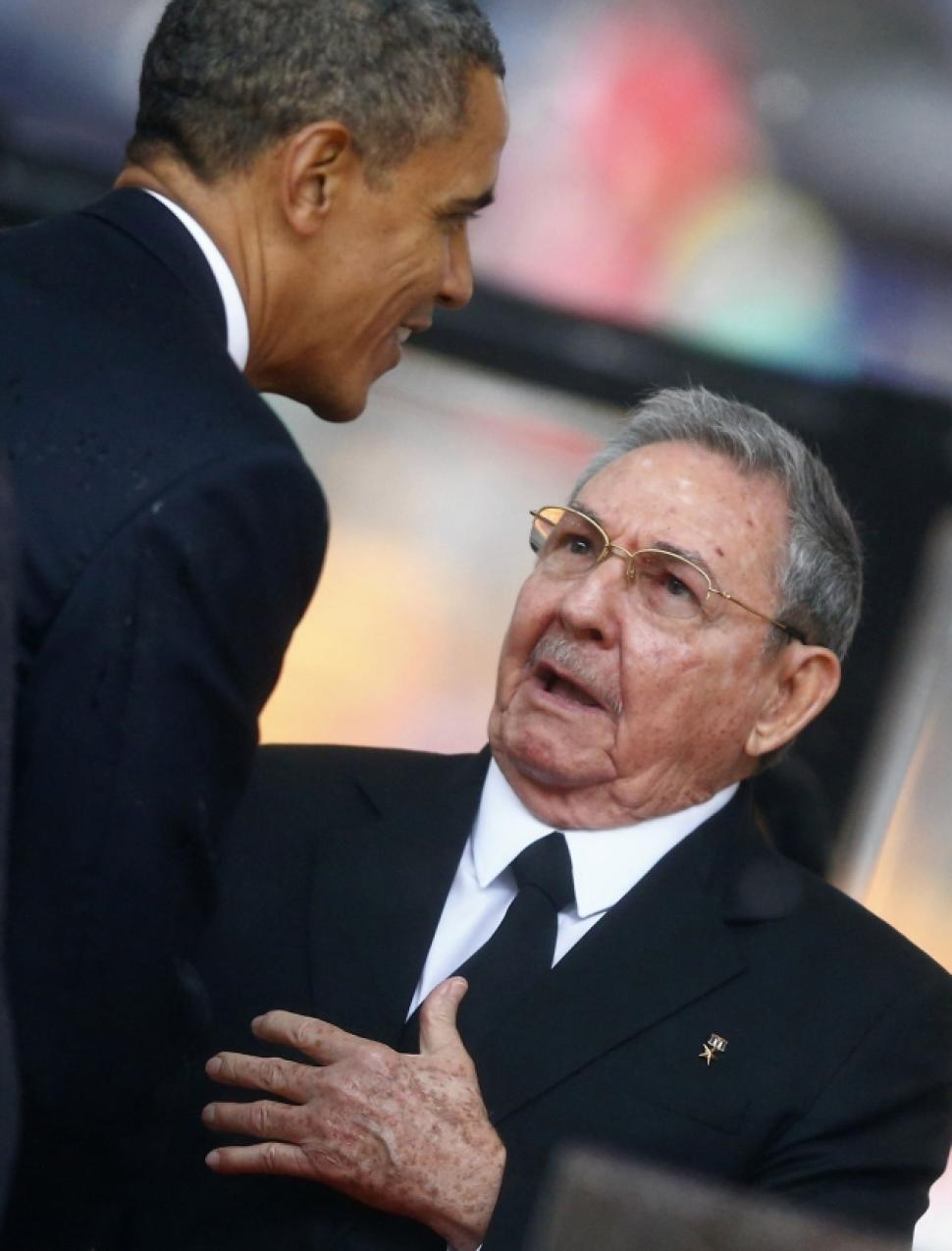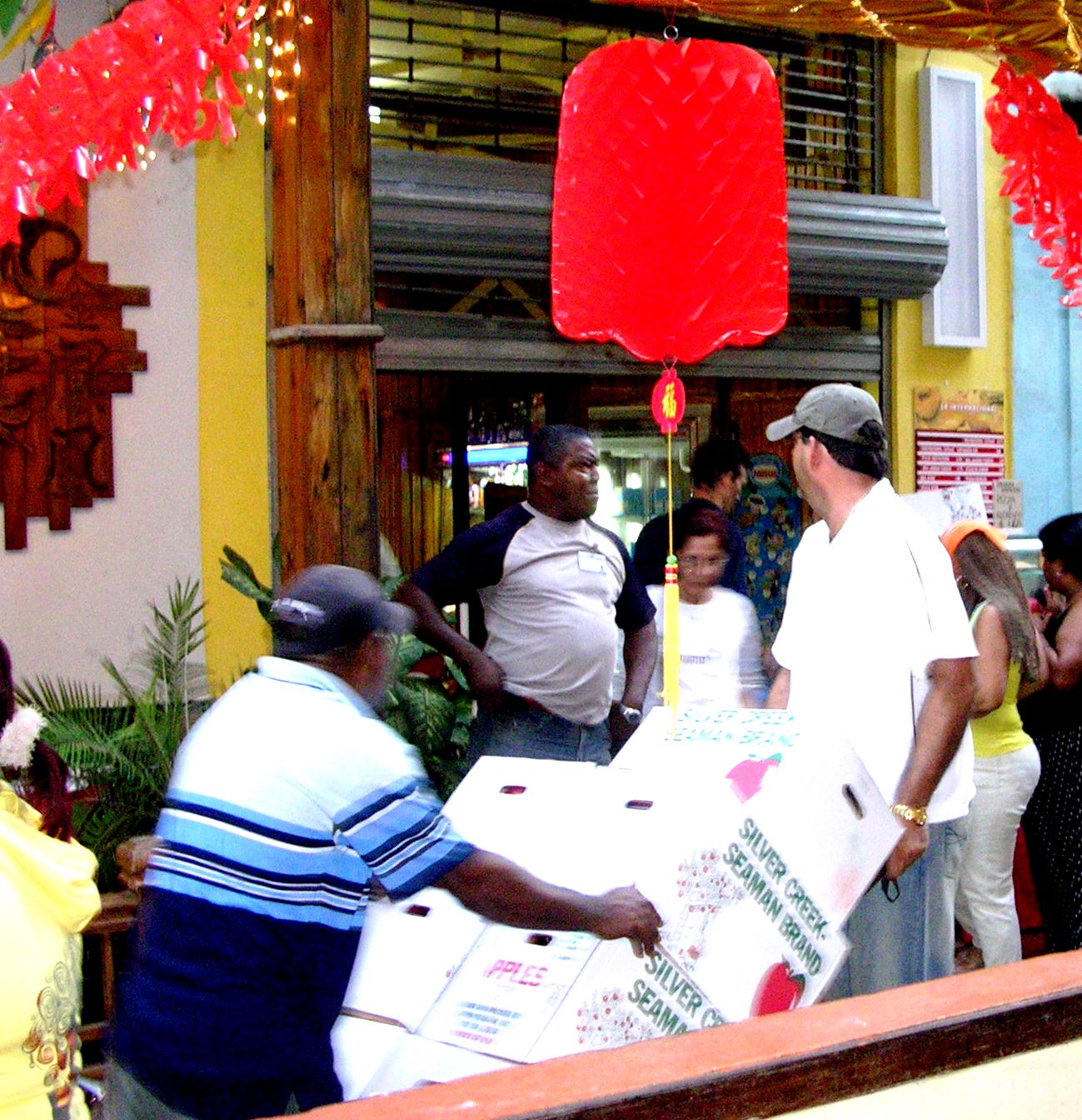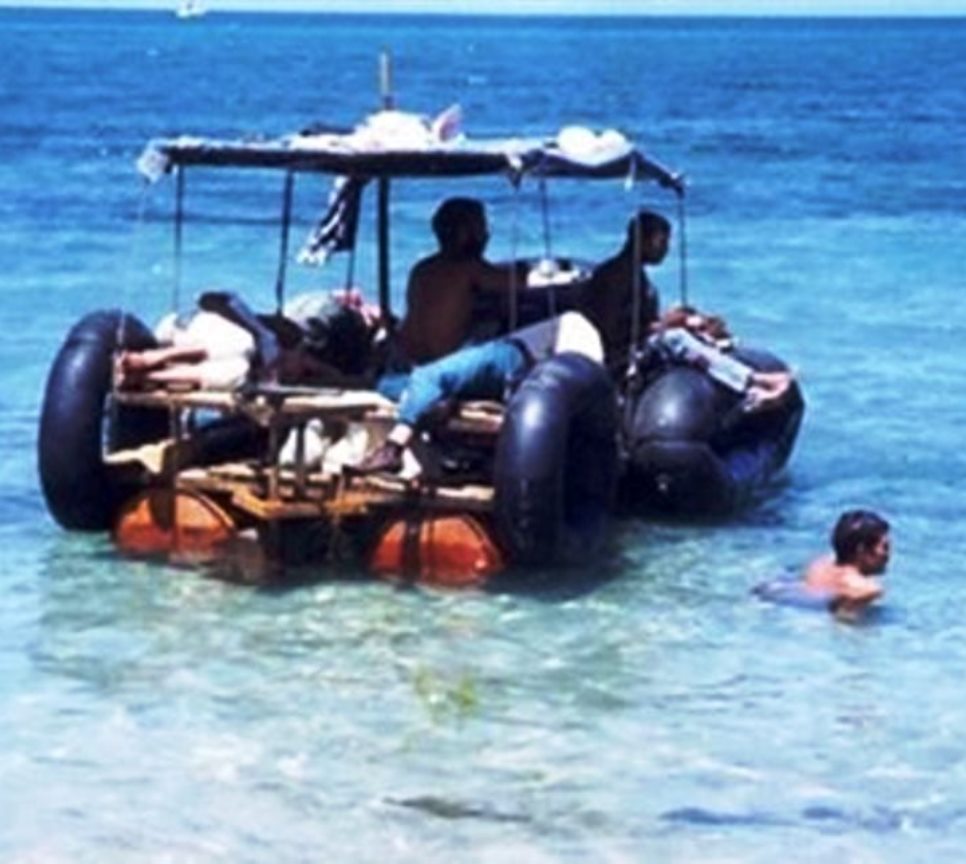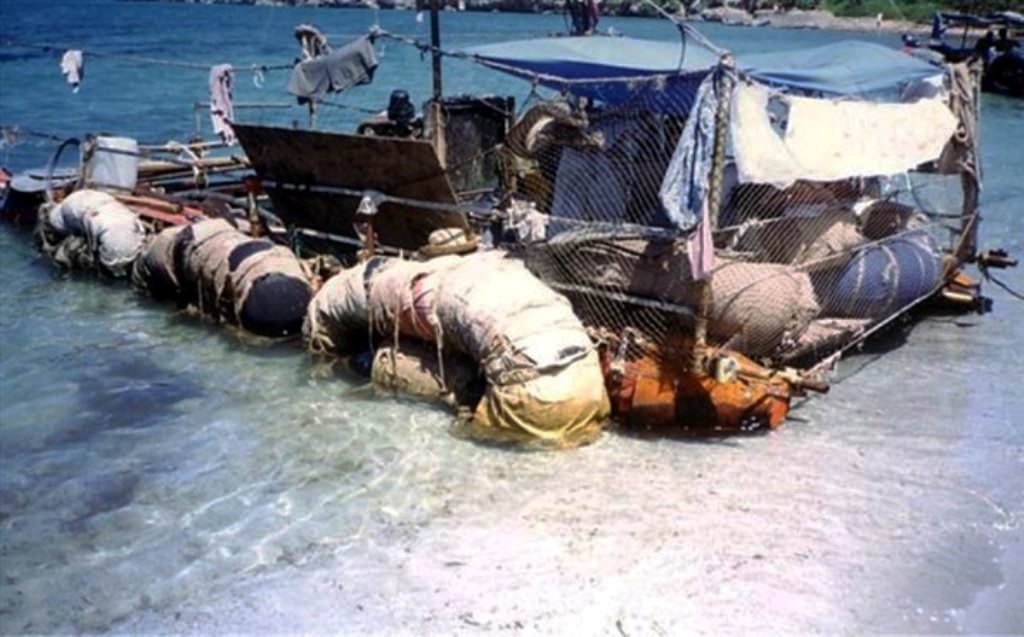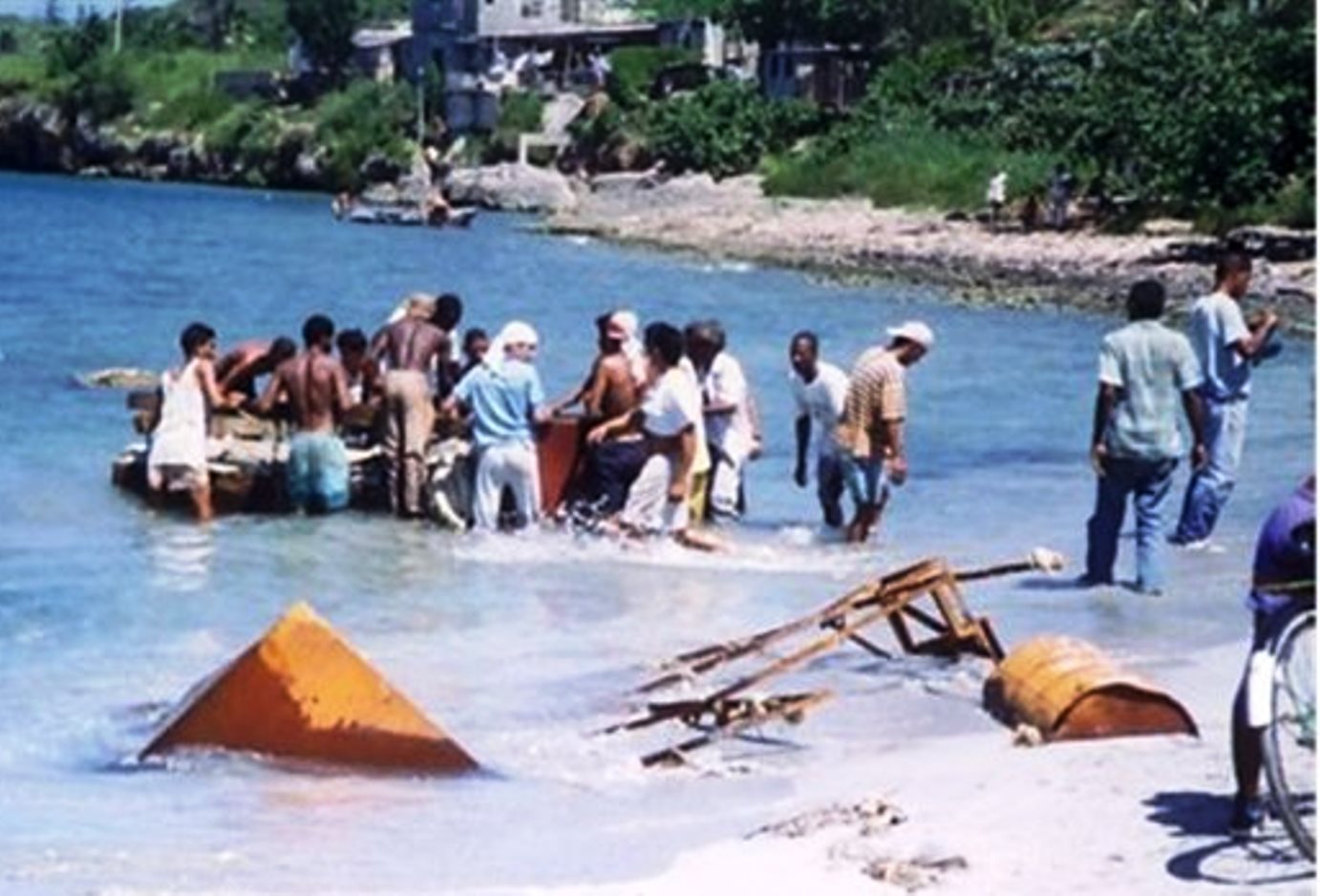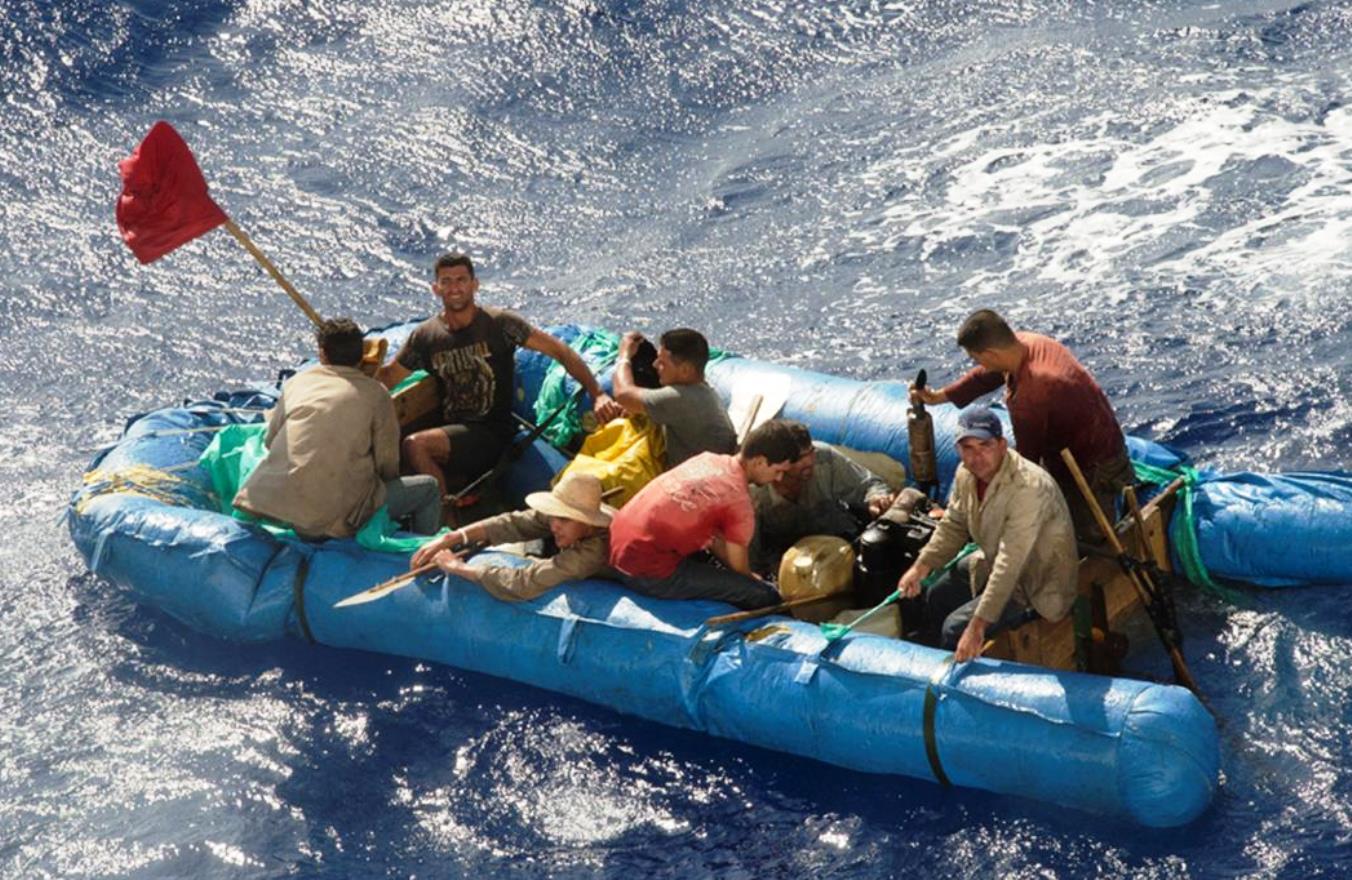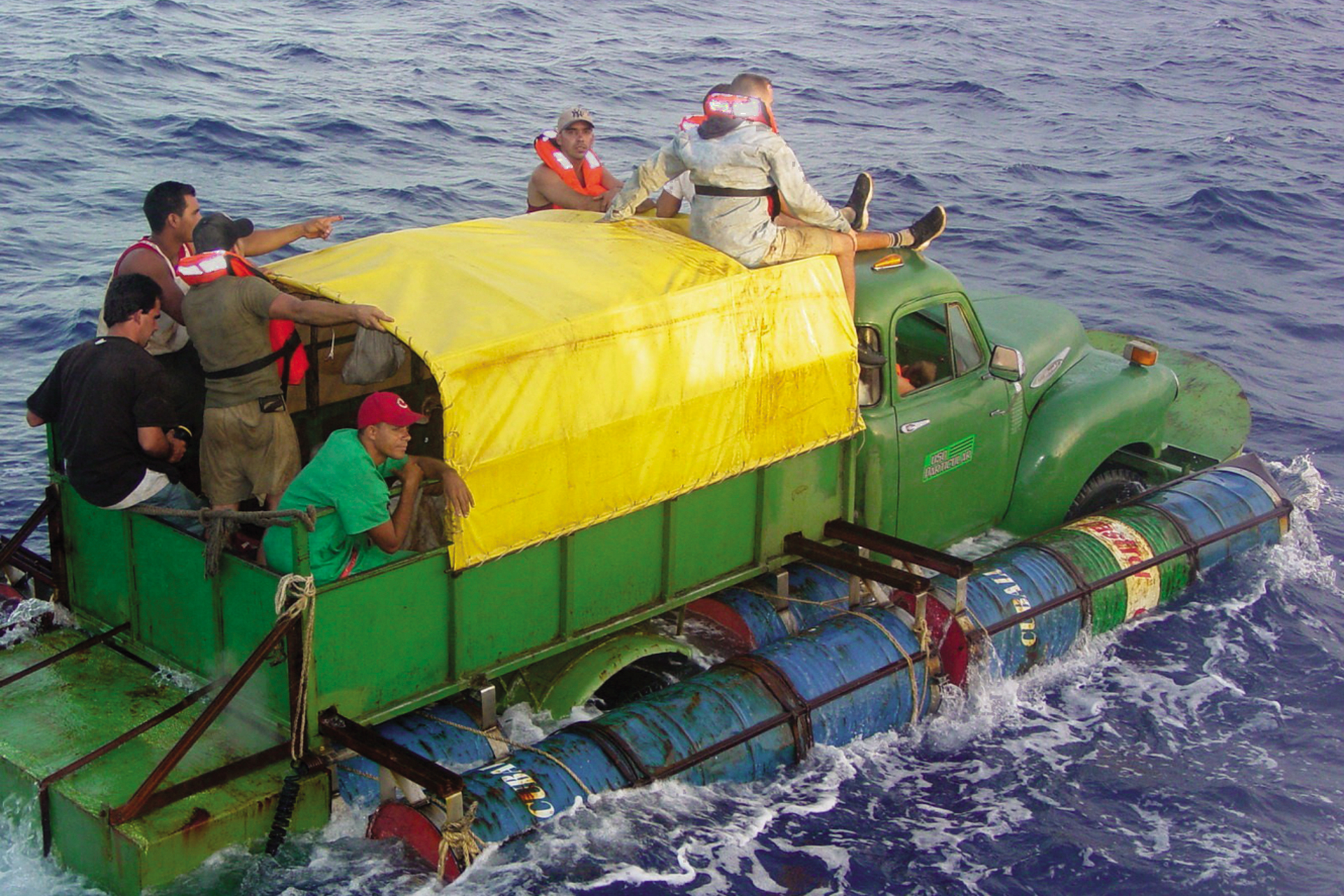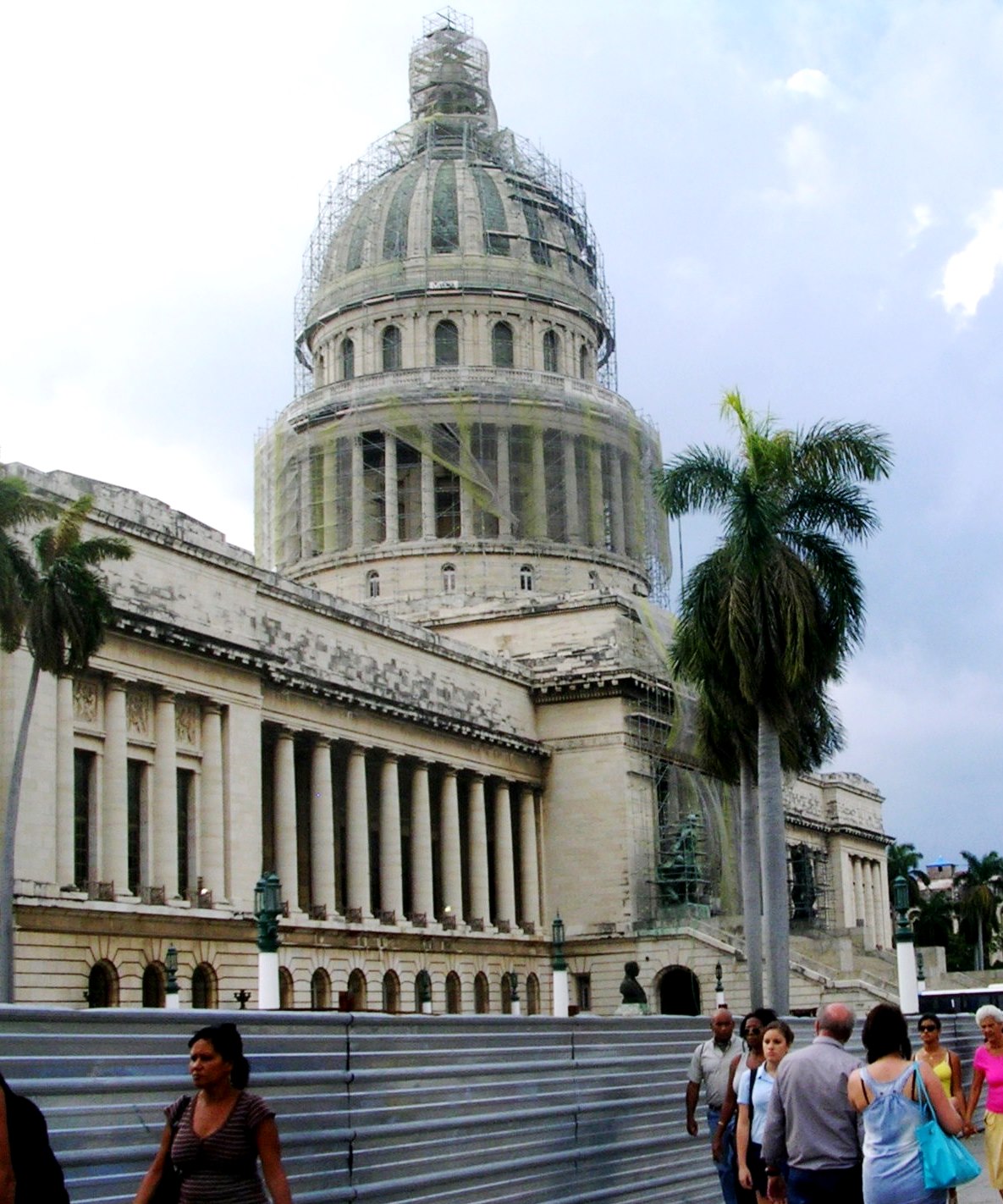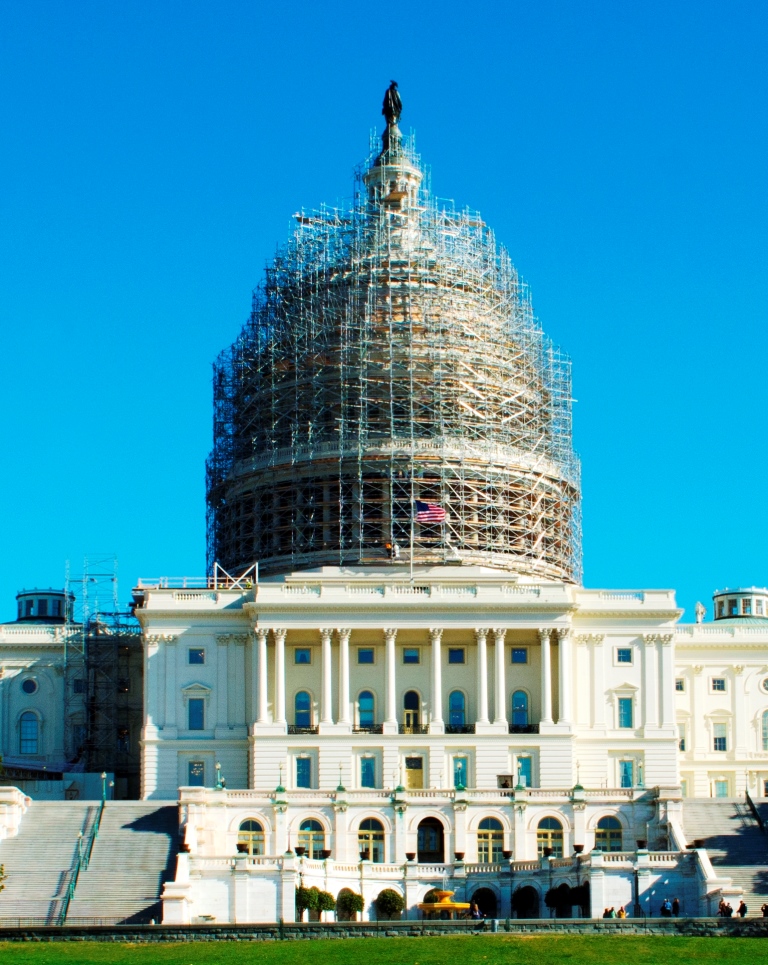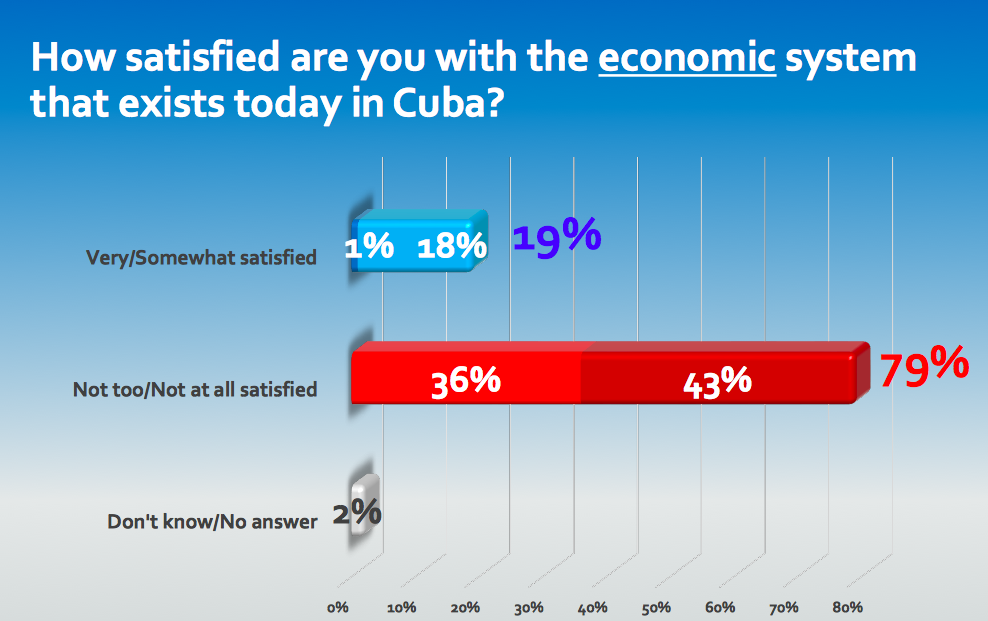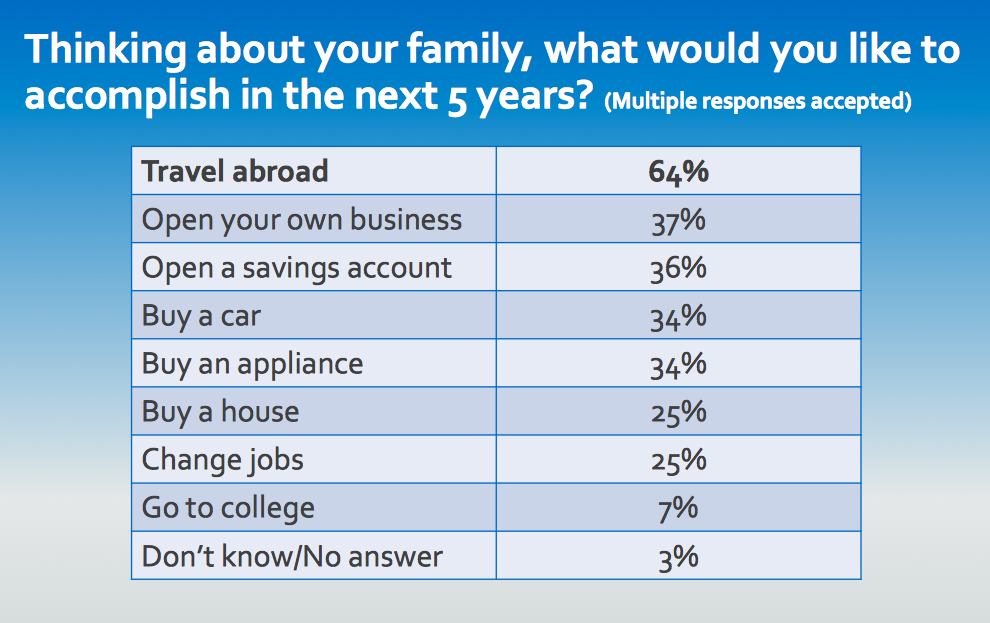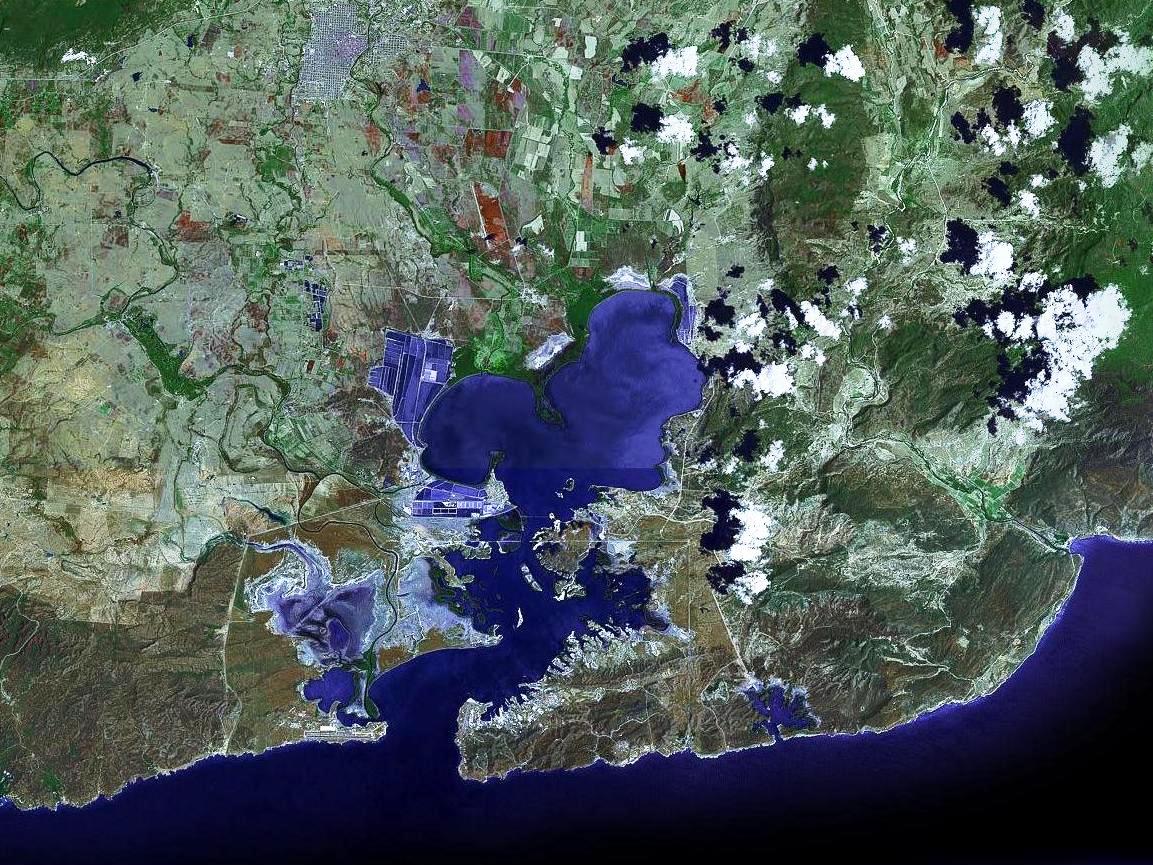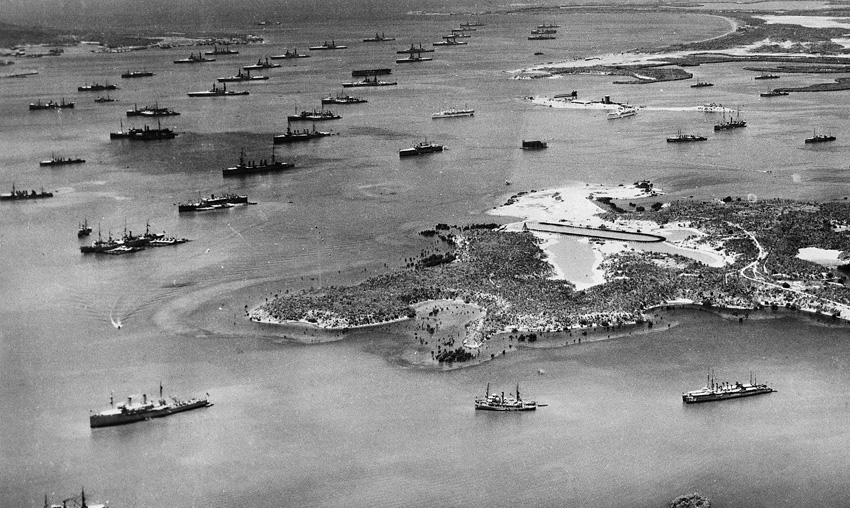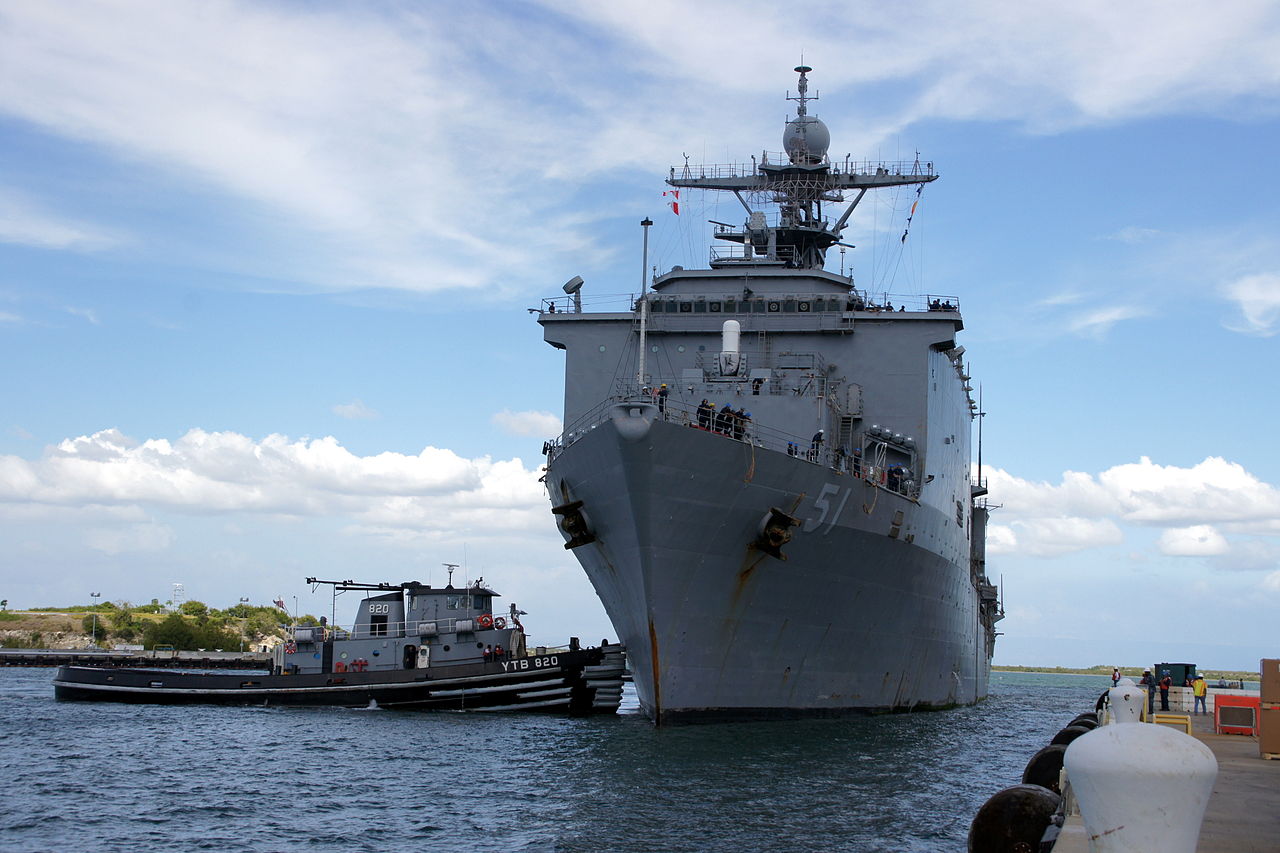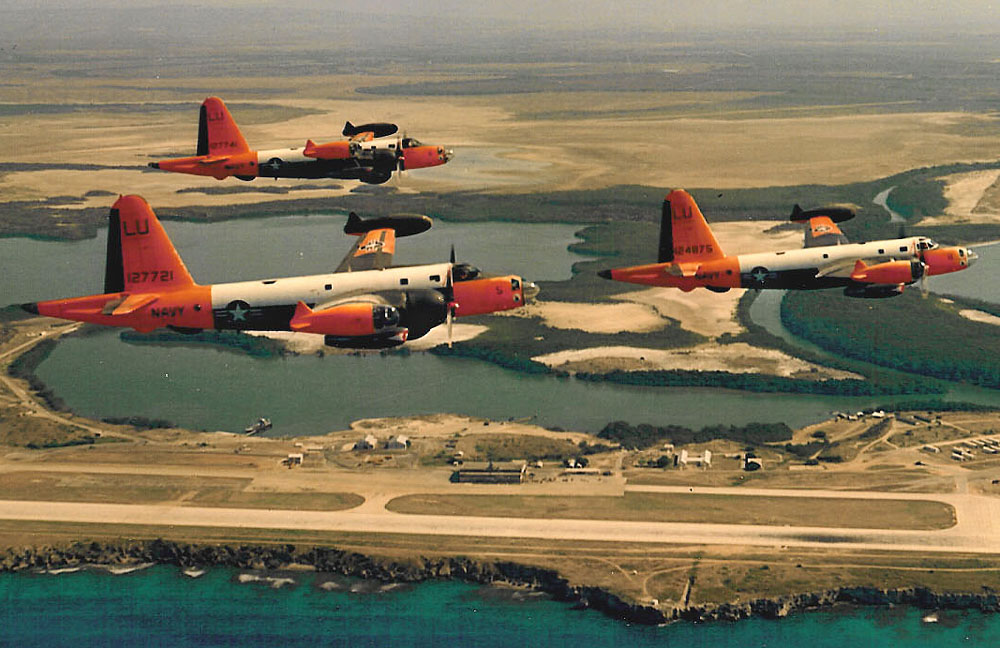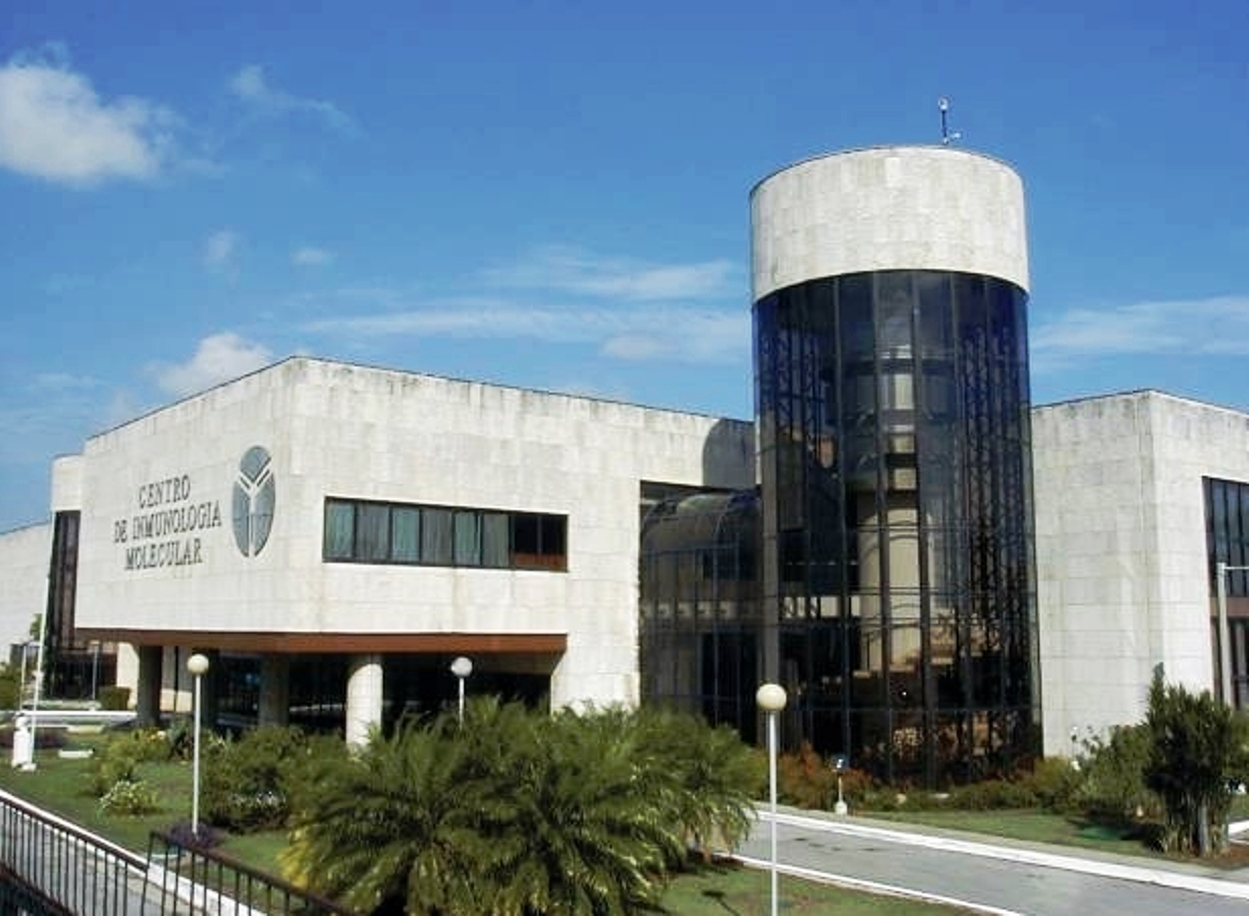August 13, 2015
POLITICO: http://www.politico.com/magazine/story/2015/08/obamas-favorite-castro-121342.html#ixzz3jMpKkKZ8
As far back as 1980, Raúl Castro began to harbor doubts about Cuba’s long-term sustainability. By 1990, with the loss of their Soviet patron and its $5 billion annual subsidy, Raúl’s doubts crystallized into alarm even while his brother Fidel hunkered down, resisting reform. And though Raúl took power in 2006, it would be six years before he could finally overrule his ailing brother, who turned 89 years old on Thursday.
“There has been a sibling tug of war between Raúl and Fidel since childhood,” Domingo Amuchastegui, a former Cuban intelligence officer, tells me over lunch this summer at Versailles, the restaurant that serves as the mecca of Cuban life in Miami. Versailles bills itself as the “most famous Cuban restaurant in the world,” and Amuchastegui is no stranger to its mirrored dining room. Domingo and I had originally met not long after his defection in the 1990s, and I’ve learned over more than two decades of covering Cuba that he has uncommon insights into the Caribbean island that has bedeviled every American president since Dwight Eisenhower. Indeed, he is that rare breed of defector who somehow manages to regularly visit his homeland. As Amuchastegui carefully parses it over lunch, Raúl has always contended with “Fidel as the No. 1 braking system.”
For more than a half century, Raúl Castro, Fidel’s comrade-for-life and chief of the Cuban Armed Forces, lived and worked cheerfully in the shadow of his elder sibling. Not only was Raúl the rare politician contented to be No. 2, he bolted from the limelight—his brother’s oxygen—like a vampire escaping the dawn. “Raúl always consults with me about all the important questions,” Fidel Castro assured an American journalist in 1964, lest anyone doubt who was the boss. “Of course,” he hastened to add, “the constant presence of one outstanding leader tends to obscure the rest.”
And so it was. Or, at least, so it was for most of Raúl’s life.
The chance to override Fidel’s brake finally came last October—amid secret negotiations between the U.S. and Cuba—when a wobbly Venezuela slashed its daily oil subsidy to the island nation. The writing was on the wall: The island was running out of patrons. But the fates once again favored Cuba. President Barack Obama told his negotiating team he wanted a deal (just about any deal, his critics contend).
For 18 months, American and Cuban officials had rendezvoused in cloak-and-dagger meetings in Toronto, Ottawa and the Vatican, pulling off what many believed was unthinkable while the Castro brothers lived—a restoration of relations between the longtime enemies. (Almost as astonishing was that both sides, famously indiscreet, kept their year-and-a-half-long negotiations a secret.) It was a seismic shift in geopolitics, one that awakened an astonished world that had become resigned to frozen non-relations between U.S. and Cuba.
On July 20, the Cuban flag rose over its newly restored Embassy on 16th Street, NW, in Washington with Secretary of State John Kerry among the 500 attendees—a ceremony that will reprise on Friday morning when the American flag will be hoisted over the newly re-christened U.S. Embassy in Havana.
The twin moments highlight the remarkable political transformation of Raúl Castro—a zealot communist (and unrepentant Stalinist) throughout the 1970s who has morphed into a formidable agent of change, deftly negotiating an end to the Cold War with his northern nemesis. “I don’t think we have so much a new Raúl,” says John Caufield, the U.S.’s top diplomat in Havana at the nation’s Interests Section (now the embassy) from 2010 to 2014, “as Raúl being able to be himself, not being in the shadow of Fidel.”
And what a deal he has made with the United States, scoring the big-ticket items on his wish list: the release of the remaining Cuban Five prisoners, an avalanche of American tourists and their cash, a huge uptick in remittances and investment capital, while sliding off the U.S.’s state-sponsored terrorist list.
At the same time, he kiboshed most of the U.S. demands—open elections, human rights’ guarantees, $7 billion in U.S. property claims, an independent media and accessible Internet. Nor will any dissidents be allowed to attend the embassy ceremony on Friday, a move widely viewed as a capitulation. (A senior State Department official explained Wednesday, somewhat improbably, that the absence of dissidents was due to “limited space,” while declining to give the number of invitees.
While America can merely claim that it has finally removed Cuba as a hot potato irritant for itself, its allies and neighbors—and retrieved the hapless USAID contractor Alan Gross—Raúl Castro has rescued his island-nation from bankruptcy, collapse and isolation.
This summer has seen minor and major steps forward in the relationship: Ahead of Kerry’s visit to Havana this week, Samantha Power, the U.S. ambassador to the United Nations, made a call on the Cuban Mission in New York City on August 3. And rumors abound that President Barack Obama has chosen January to become the first sitting American president to visit Cuba since Calvin Coolidge disembarked in 1928.
As America grapples with its new relationship with a new Castro and a new Cuba, the kingmakers of Washington and Wall Street are keen to suss out the island’s reigning powers that be. One thing is headline clear: As of December 17, 2014, the Castro to be reckoned with was no longer Fidel. When John Kerry alights in Havana this week for his history-making visit, he will be landing in Raúl Castro’s Cuba.
While lacking his brother Fidel’s gravitas, erudition and ambition, Raúl has proven to be the more complex and less predictable of Cuba’s ruling siblings for 56 years—the most successful political brother act in history. He is a man of two seemingly contradictory impulses: hard-line enforcer and conciliatory pragmatist, a man who has steered Cuba into the future even as he fought fiercely, at times, to keep it in the past.
On one level, Raúl’s power is a logical outcome: For a half-century, he’s held the ultimate trump card, control of the army, the FAR (Fuerzas Armadas Revolucionarios), which has been the single most important organ of the government and a respectable fighting force. “In the 1970s and 1980s, the U.S. lost the war in Vietnam and the Soviet Union lost the war in Afghanistan,” points out Jorge Dominguez, Harvard’s resident Cuba scholar. During the same period, however, “the Cuban Armed Forces won the three wars, [that] they fought far from home in Angola and Ethiopia.” Then there are its domestic successes—such as tourism and the farmers markets—that elevate the Army and its myriad divisions—into the most efficient and reliable pillar of Cuban life.
These days, Raúl is building an even deeper legacy, one that will likely outlast both him and his brother—ensuring that the Castro family will hold the reins of power for some years to come.
Partial to practical jokes, rum and cockfighting, Raúl Modesto Castro barely made it through school, earning the nickname—el pulguita—the flea. In 1951, he dropped out of the University of Havana.
In the early 1950s, Raúl, tutored by Fidel, became enamored with left-wing politics. “Fidel was always an influence on Raúl,” their younger sister, Juanita, who—disillusioned with her brothers’ revolution—fled to Miami in 1964, told me at our first meeting in 2000. “They’ve always been very close.”
Fidel often sought to give the impression that his sibling was more of a hard-liner than himself. “Raúl was already quite left-leaning,” he said at one point, then conceding in 2005, “Actually, I was the one who introduced him to Marxist-Leninist ideas.”
In March 1953, a 21-year-old Raúl attended a Communist Party conference in Vienna representing Cuba. Quick to make friends, it was the personable Raúl who lassoed an invaluable contact while there—KGB agent Nikolai Leonov, who would play a central role in the 35-year Cuban-Soviet alliance. Indeed, it was Raúl, not Fidel, who deeply bonded with Soviet President Nikita Khrushchev, the two passing more than one night drowning their enmity to the U.S. in pails of Russian vodka. (Raúl also drank their Cold War Kool-Aid, reportedly telling Life magazine in July 1960: “My dream is to drop three atom bombs on New York”).
Ann Louise Bardach is the author of Cuba Confidential (2002) and Without Fidel: A Death Foretold in Miami, Havana and Washington (2009), as well as the editor of The Prison Letters of Fidel Castro and Cuba: A Travelers Literary Companion. She interviewed Fidel Castro in 1993 and 1994 and met Raúl Castro in 1994.
Read more: http://www.politico.com/magazine/story/2015/08/obamas-favorite-castro-121342.html#ixzz3jMpKkKZ8


